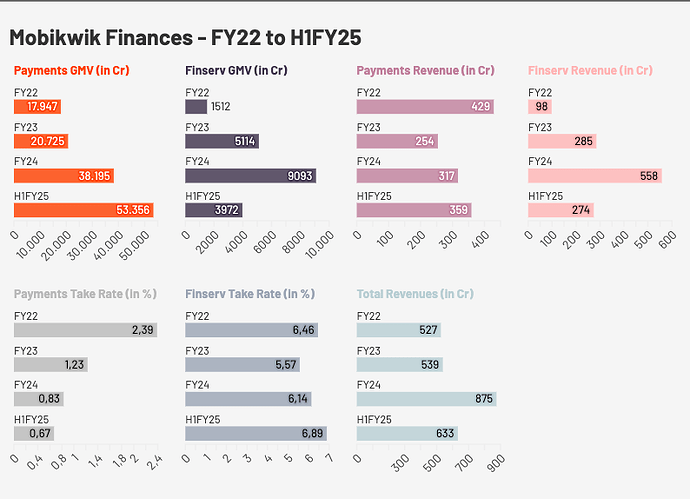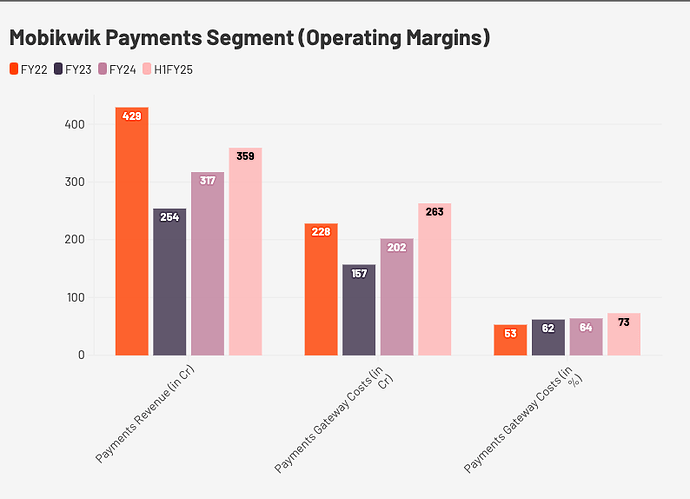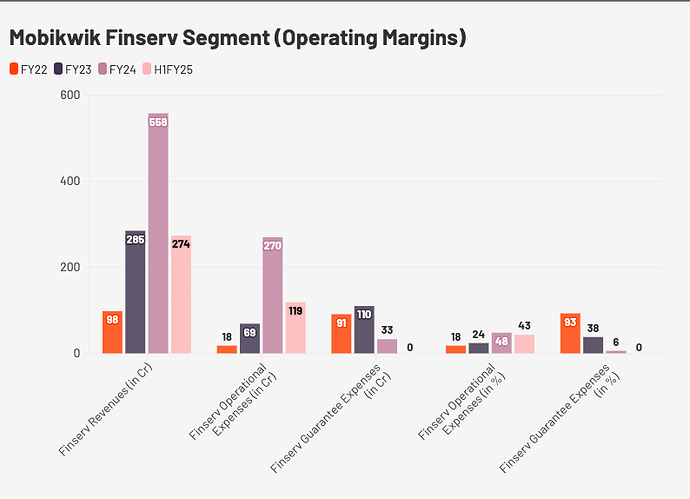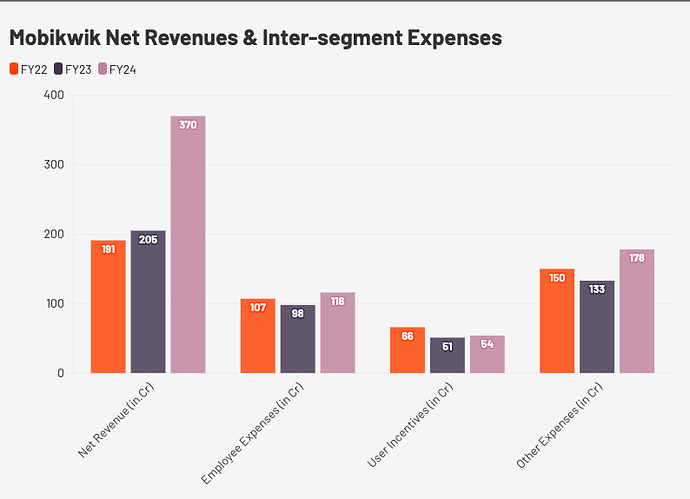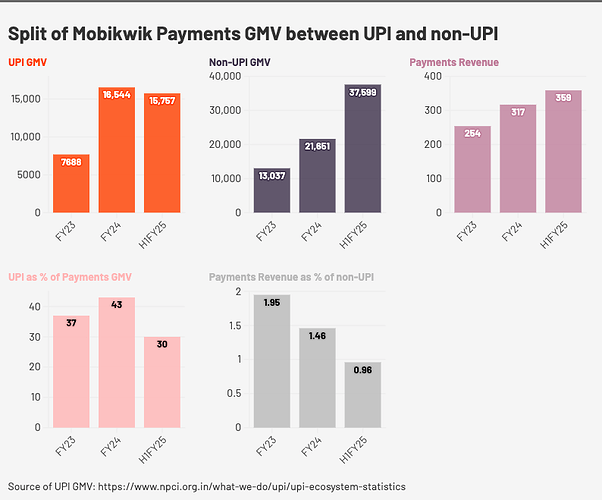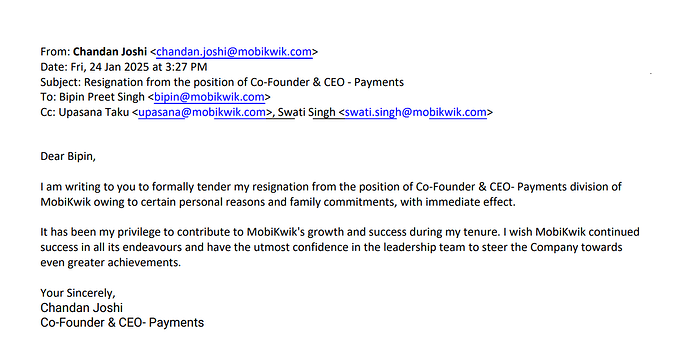Mobikwik has been around for a while. Older readers will probably recognize them from The Great eWallet wars of the early 2010s when it was one of the dozens of e-wallets trying to etch out a market share from PayTM and Freecharge.
The launch of UPI and its wild subsequent success has pretty much killed the wallet business - people still use eWallets but all those TAM projections turned out to be extremely optimistic.
Since then all these wallet apps have pivoted to mainly facilitating UPI payments and trying to cross sell their users other payment and financial services. For Mobikwik these are
Payment Services (earns commission from merchant + tacking on convenience fees)
- Pay from Wallet
- Phone recharges
- Bill payments
- CC bill payments
- Payment gateway (for online and offline merchants)
Financial Services
- Buy Now Pay Later (BNPL)
- Credit card co-branded with a bank
- Fixed deposits from partner NBFC
- Mutual fund distributor
- Digital Gold
- P2P lending
- Bunch of other stuff
Yeah, pretty much everything under the sun.
Revenue is divided into just two categories in their finances - payments and financial services so there is no visibility into what products are their major sources of revenue and growth.
I’ve summarized the relevant financials of Mobikwik into a chart
Some observations on Payments
- Payments GMV has grown like crazy - 84% growth in FY24 and already 39% growth in 1st half of FY25 with two quarters results still go to!
- BUT payments revenues are a completely another story - decreased in FY23 despite increase in payments GMV and even in FY24, after payments GMV had more than doubled compared to FY22 its revenue still hadn’t recovered to FY22 level. This is due to drastic reduction in payment take rate, possibly due to a large amount of users switching to paying with UPI instead of wallet and also most of the new growth in payments GMV is possibly from UPI mostly.
- However, it looks like payments take rate appears to be stabilizing - it went from 0.68% to 0.66% from Q1FY25 to Q2FY25 (data not present in chart - source Q2FY25 investor presentation) and if they can sustain their payments GMV growth while keeping their payment take rate stable, its going to be a nice revenue driver. Right now we’re looking at 100%+ growth in payment revenues in FY25.
Some observations of Financial Services
- Almost all their finserv GMV comes from BNPL (data not present in chart - source DHRP). This doesn’t necessarily mean that almost all finserv revenue also comes from BNPL but it seems likely as Finserv revenue appears to be scaling with finserv GMV
- Finserv revenues are probably going to decline a little or stagnate in FY25. This could be due to cyclical factors - lower consumer spending has been the theme for FY25, getting caught up in RBI’s tightening grip over NBFCs and credit or competitive pressure. Definitely something to watch out and be concerned about if it’s due to competitive pressure.
Overall, they should manage to get close to the 62% overall revenue growth they had in FY24 but here the driver is payments while last year it was finserv. Question is which will drive revenues next year - or will both do so and result in a dream scenario? Or neither?
Thoughts on valuation
As always, valuing yet to be profitable companies is more art than science. The only peer comparison is PayTM.
While they have comparable price/sales, PayTM revenues have declined significantly since their banking licence cancelation while Mobikwik have increased. Which means either PayTM is overvalued or Mobikwik is undervalued. Also, Mobikwik is pretty much breakeven while PayTM continues to post eye popping losses.
Definitely one to keep a watch on. I’ll wait till the lockin period expires and watch it until then.
Risks
- Financial services (and even payment services) are very sensitive to regulation. We all saw what happened with PayTM having to put a pause on their services and losing almost half of their sales from peak. SEBI’s latest regulations of F&O trades apparently will cost Zerodha around 30-40% of their sales.
- Huge competition with many companies will to be the loss leader to gain market share. For example, Flipkart’s wallet super.money offers flat 5% cashback. With no switching costs, users can easily switch to apps with better offers. Losing UPI traffic means that Mobikwik loses the opportunity to sell their financial products.
Disc: Not invested, tracking it.

